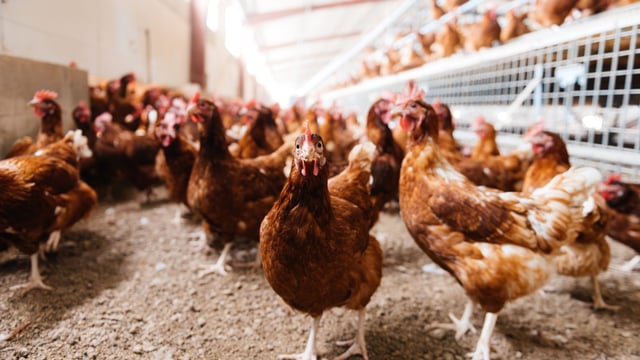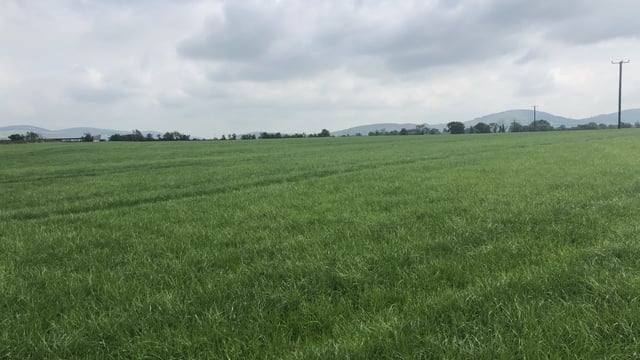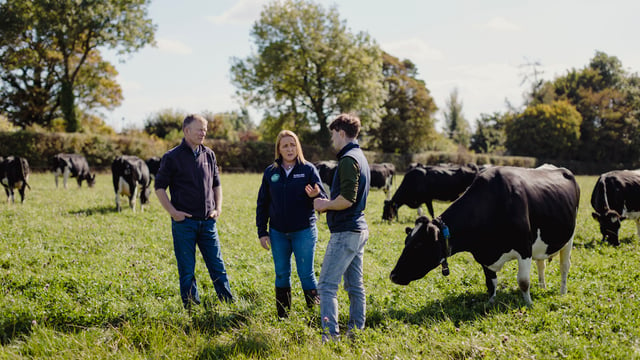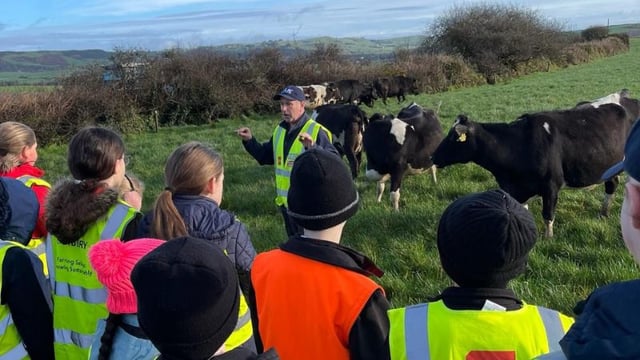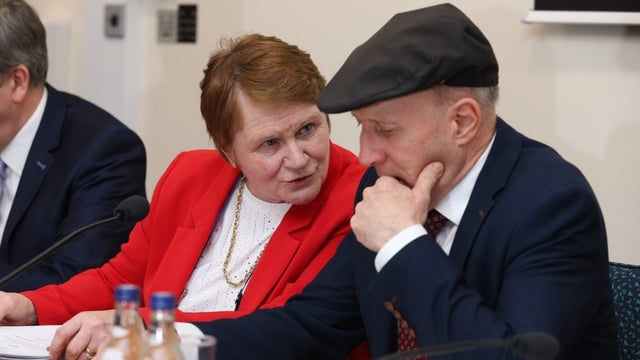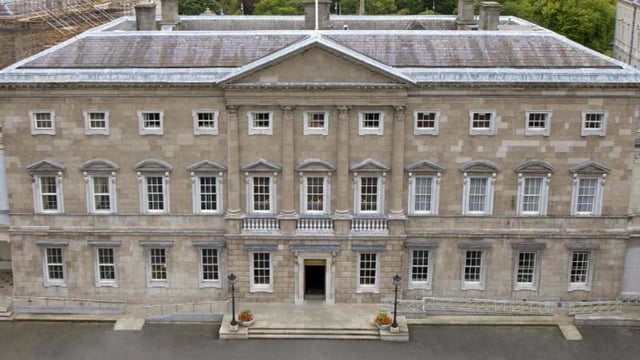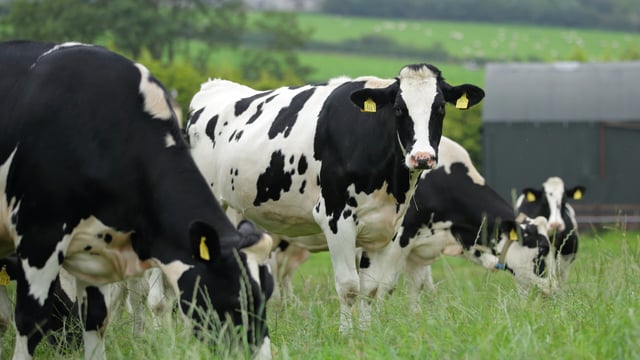Letter to the minister: Protect small farmers' livelihoods
Dear Minister Heydon,
The Irish Natura and Hill Farmers' Association (INHFA) wants to express our extreme dissatisfaction with your position on the proposed definition of a standard for GAEC 2 [Good Agricultural and Environmental Conditions] in Ireland’s context.
As minister your decision to support a position that extends far beyond the legal requirements laid down by the European Union is both unacceptable and unjust.
The EU provided Ireland with a two-year period to identify peatland and wetland areas correctly, allowing for comprehensive mapping to be undertaken.
After investing significant time and resources into this process, your department chose to disregard the outcome, we believe, in order to protect the interests of intensive agriculture and forestry at the expense of 35,000 farmers along the western seaboard and across the country.
This is a gross injustice to those who depend on fair agricultural policies for their livelihoods.
Minister, your department decided that GAEC 2 parcels had to encompass entire LPIS [Land Parcel Identification System] parcels, suggesting this was the only viable approach. This is categorically untrue.
A clear example of this is GAEC 9, which deals with natura designations and is mapped independently rather than applying it to an entire LPIS parcel.
The real reason behind your department’s stance is evident in our opinion - by adopting a percentage-based approach, it has manipulated the definition to ensure that if less than 50% of a parcel consists of peatland, it is excluded from GAEC 2, while if less than 50% consists of mineral soils, it is unnecessarily included in GAEC 2.
The result of this manipulation will be catastrophic for farmers affected by the proposal, with over 100,000ha of mineral soils wrongly classified under GAEC 2.
This classification imposes unnecessary planning restrictions on these lands, effectively halting development and limiting agricultural activities, such as agri-forestry, native woodland establishment and specific actions under ACRES [Agri Climate Rural Environment Scheme] involving hedgerow establishment and native tree planting.
It will also impact fertiliser use and type which will reduce output. Meanwhile, the real beneficiaries of the department’s actions are the intensive agricultural and forestry sectors, with over 200,000ha of peatlands conveniently escaping GAEC 2 obligations.
Minister, why did you and your department not map peatland and wetland correctly and fairly, as required by GAEC 2 legislation and in particular in light of the two-year derogation on the implementation of the standard provided by the EU?
As Ireland defines its approach to the Nature Restoration Law, having mineral soils now being mapped as part of GAEC 2 sets a dangerous precedent which the INHFA feels encourages overreach in delivering on EU regulation in Ireland's context.
The perception here is that big business interests have seized this moment to manipulate the mapping process to their benefit, ensuring that obligations fall on the small family farms, rather than those engaged in intensive agricultural practices.
Minister, the INHFA has no choice but to take a strong public stance against this blatant overreach.
The inclusion of mineral soils under GAEC 2 is wholly unjustified and undermines the very purpose of this standard, which the EU intended to apply specifically to peatland and wetland.
We demand that you immediately halt the current proposal and negotiate a fair and just position for Ireland in relation to GAEC 2.
We urge you minister to reconsider your stance and act in the best interest of all farmers, not just those who wield the greatest economic influence.
From Pheilim Molloy, chair INHFA on behalf of INHFA National Council


